Voting in this year’s Pollinator Plant of the Year election will once again be a tough call. Both contenders are rock stars in the pollinator garden, serving bees, butterflies, beetles and other wildlife in multiple ways. Both are fantastically attractive, robust and easy to grow. And both flaunt bright colors that are especially attractive to bees (did you know bees prefer blue and purple blooms?) and produce seeds and foliage that serve birds and other wildlife.
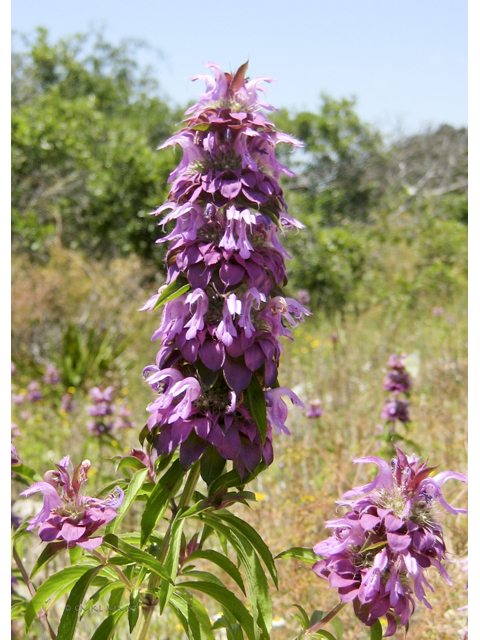
Beebalm, Monarda cirtiodora –Photo courtesy Ladybird Johnson Wildflower Center
The worthy candidates follow in the footsteps of previous winners, Cowpen daisy (2019), Gregg’s purple mistflower (2020), Frostweed (2021), Gayfeather (2022), Mealy Blue Sage (2023) and Clammyweed (2024).
Started in 2019 by the Texas Butterfly Ranch, the Pollinator Plant of the Year campaign aims to raise awareness of the unsung plant heroes of the pollinator garden. Many worthy, native plants are frequently unavailable and ONLY found at seasonal pop-up plant sales. Some are only found in the wild. If you miss these occasional opportunities to procure these plant gems, you’re out of luck.
Commercial and retail nurseries cite “lack of demand” as the reason these plants are absent from their stores. They also cite some natives’ persnickety growth habits and the fact that it can take two years for some plants to reach a mature enough stage to warrant customer interest.
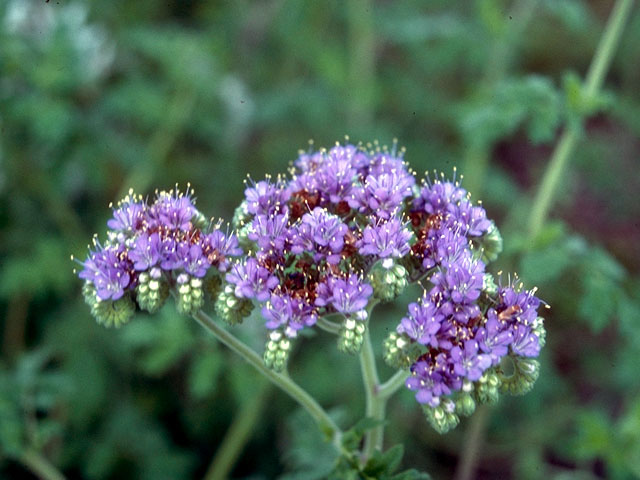
Blue Curls, Phacelia congesta–Photo courtesy Ladybird Johnson Wildflower Center
That said, the goal of our Pollinator Plant of the Year campaign is to drive demand for more native plants at gardening centers, local nurseries and big box stores. We encourage you to request these plants when shopping for your landscape.
“It’s going to be a close contest this year because both of these native plants have such gorgeous and unique flowers. So many people love them both,” said Lee Marlowe, president of San Antonio’s chapter of the Native Plant Society of Texas.
Marlowe added that the San Antonio NPSOT chapter will commission seed packets of the winning plant to make seeds available at their 2025 events.
Here’s the nominees:
Lemon Beebalm, Monarda citriodora
Raucous, fluffy flower heads perched atop whorls of decorative bracts aptly describe Beebalm, also known as bergamot or horsemint. Its tubular flowers call to mind a lion’s mane or stack of ruffles and prove irresistible to bees, butterflies, and hummingbirds.
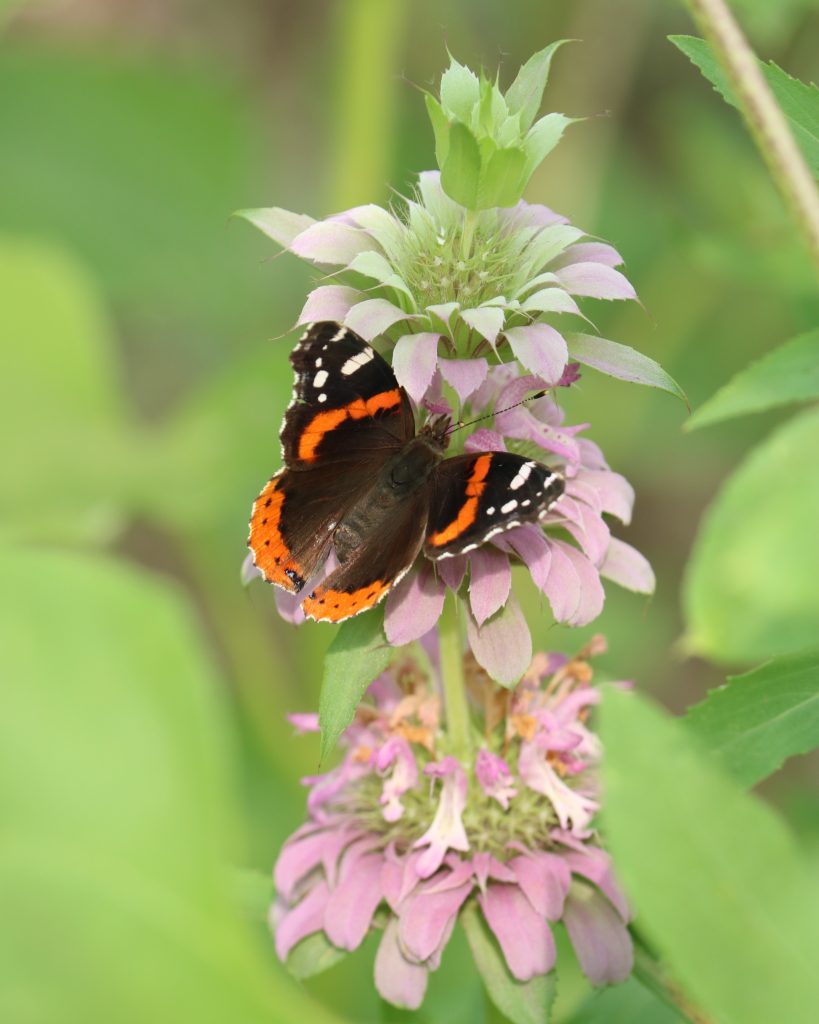
Red Admiral butterfly on Beebalm. –Photo by Lee Marlowe
The luscious lavender bloomer qualifies as a plant with purpose and is featured as one of 25 such plants in my upcoming book, Plants with Purpose: Twenty-five Ecosystem Multitaskers because of its myriad uses and benefits. You can eat it, pollinators love it, it’s easy to grow and you can also make tea from its lemon-scented leaves. Lots to love about Lemon Beebalm.
Blue Curls, Phacelia congesta
Often cast as a lesser Beebalm because of its relatively obscure status, Blue Curls sports similar appeal to pollinators with its shaggy blooms. Blue Curls flowers are preceded by intriguing button-like buds that capture the imagination. They start as slender, coiled clusters that uncurl like an elephant’s tusk as they develop. The first time I saw this plant at our ranch sprouting between the prickly pear in a caliche soiled hillside, I literally gasped: “What the heck is that plant?!?”
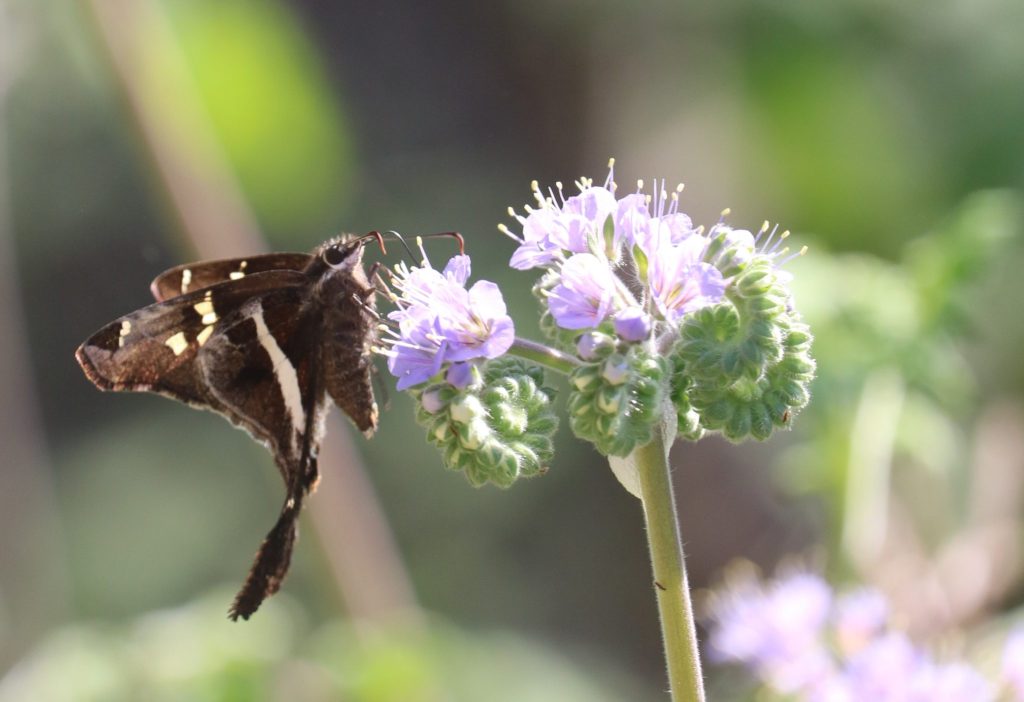
White-striped longtail skipper on Blue Curls. –Photo by Lee Marlowe
For unknown reasons, Blue Curls is almost impossible to find in nurseries, even though the plant brags multiple benefits beyond its attractiveness to pollinators. In some areas, it’s grown as a cover crop and when it dies in the winter its fluffy flower petals are used as a welcome winter mulch.
Tough to decide, right? You are not alone.
Native plant enthusiasts bemoaned the dilemma. “Ohhhh… hard choice between these two!” said Drake White, founder and owner of the Nectar Bar, San Antonio’s first native plant nursery. “Both are powerhouses in the pollinator area, and have a long bloom time from spring into summer. ”
Rainbow Gardens proprietor Brandon Kirby in San Antoino agreed, pointing out that both plants are difficult to find as seedlings or plugs, but widely available in seed form. “I like the Monarda more personally because of its culinary value.”
Donald Gerber, owner with this wife Melanie of Pollinatives native plant nursery in Converse, Texas, cited Lemon Beebalm’s citrusy fragrance and compared its flower structure to a tiered, wedding cake. Blue Curls provides a unique texture and vibrant color to any pollinator garden, he added. “It’s fascinating to imagine how these two could complement each other, though I’ve never seen them share the same space,” said Gerber. “As for me, the caterpillar-like curly cues of Blue Curls get my vote!”
Vote here
We’ll report results in early February.
TOP PHOTOS: Courtesy Ladybird Johnson Wildflower Center
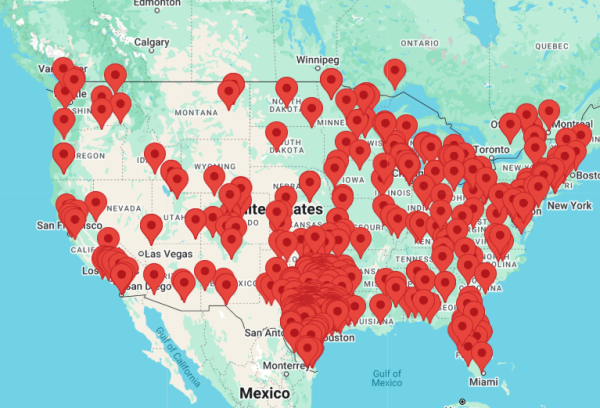
Get on the map with 1,172 others by signing up for our pollinator habitat challenge HERE.
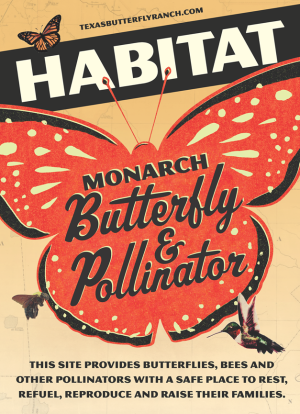
Let your neighbors or HOA know why your pollinator garden looks the way it does–get a pollinator habitat sign that announces your intentionality.
Related articles:
- Past “Unofficial” Pollinator Plants of the Year
- Lawn-and-order gardening ethos gives way to the lawnless
- San Antonio architect converts downtown parking lot into a native “prairie cloud”
- Wherehousebarn pollinator garden beckons butterflies and tenants to downtown San Antonio
- In the butterfly garden: use solarization to convert ugly grass into a vibrant butterfly garden
- Adding pollinator habitat to resilience gardens can boost yields and relieve stress
- Mostly native urban pollinator garden outperforms lawn every time
- Flower “bed” works overtime as bachelor pad for solitary bees
- Trinational friendship garden woos pollinators and their fans to Confluence Park
- Doug Tallamy proposes crowdsourcing a homegrown national park: Who’s in?
Like what you’re reading? Don’t miss a single article from the Texas Butterfly Ranch. Sign up for our email newsletter, like us on Facebook, follow us on Twitter, @monikam or on Instagram.

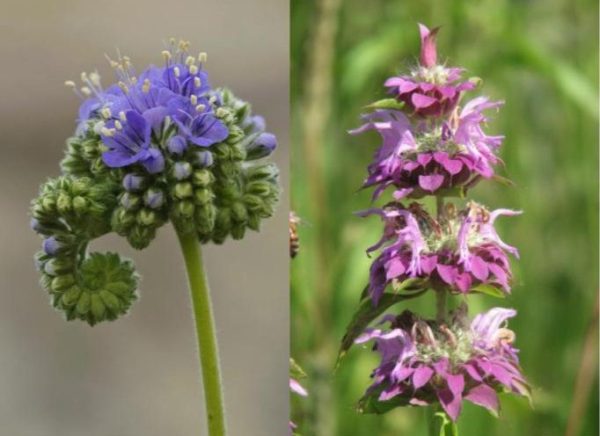
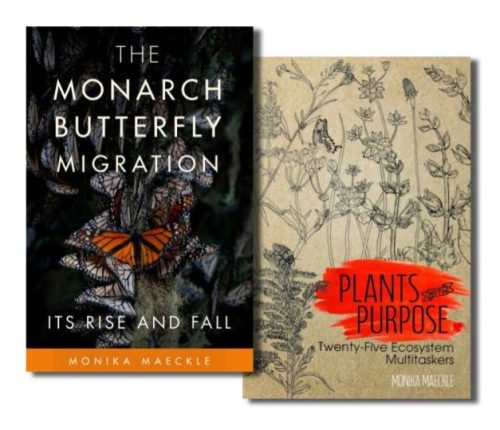
Leave A Comment